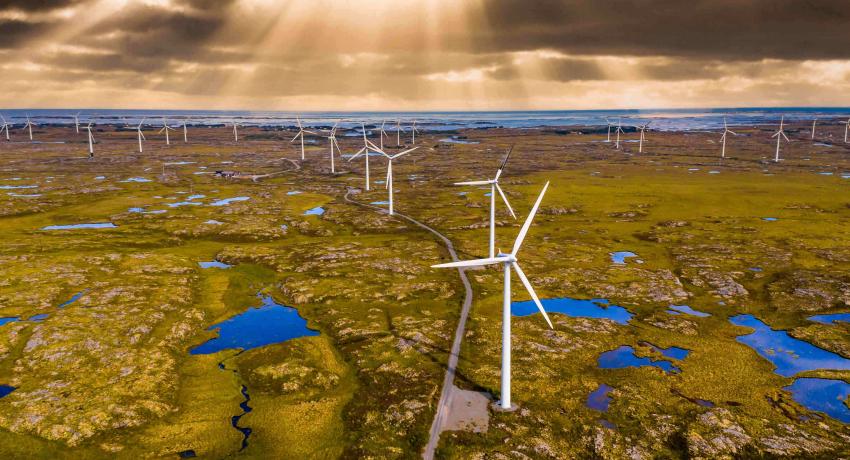Better recognition of subseasonal and seasonal forecasts as a relevant solution to anticipate variations in renewable energy production is needed at the national level, an S2S4E analysis of energy policy in seven European countries shows.
Although it is possible for governments to support the use of subseasonal and seasonal forecasts – or of climate services more generally – measures designed specifically to that end at the national level remain rare.
At the national level, the main political driver for using subseasonal and seasonal forecasts is the strong willingness of governments to support the development of renewable energy, the S2S4E researchers behind the analysis concluded.
The promotion of renewable energy can be considered as indirect support for the use of such forecasts, as a higher share of weather-dependent renewable energy will make it more important to forecast clean energy output to ensure that overall electricity production will be high enough to meet demand.
The study was conducted in autumn 2018, and analysed policy support for climate forecasts in France, Germany, Italy, Norway, Spain, Sweden, and the UK – all the S2S4E partner countries.
The researchers involved in the study found no national policies in these countries that directly support the use of subseasonal and seasonal forecasts.
Climate services not mentioned in national research programmes
As part of the study, the researchers involved also analysed research and development programmes and measures in these seven countries that support the uptake of technologies aimed at increasing the resilience of the energy system to weather fluctuations. Again, they found no specific mention of climate services or subseasonal and seasonal forecasts.
One reason why there are few measures designed on the national level to influence the use of climate services may be that such services are not considered sufficiently mature compared with other solutions aimed at increasing the resilience of the energy system.
Another explanation could be that since the EU is giving considerable funding for research on climate services, national research councils do not see these as relevant to their portfolio. A third possible explanation could be that policymakers have little knowledge of subseasonal and seasonal forecasts and the benefits of using them, and therefore do not consider them when designing new policies.
Research programmes should focus on subseasonal and seasonal forecasts and their use
Although scientists have made substantial progress over the past decade when it comes to improving the quality of subseasonal and seasonal forecasts, such forecasts are still often considered to be unreliable or lacking in skill, and therefore remain little used. Subseasonal and seasonal forecasting is still at an early stage, and it is very challenging to link the complex probabilistic information they provide to specific industry applications.
More research therefore needs to be done to improve the quality of subseasonal and seasonal forecasts and, in particular, their use in decision-making. Such forecasts should be promoted by national governments in their energy policies and be integrated into the portfolio of technologies and services that should be further developed by their research and development programmes.
This is an excerpt from the ‘S2S4E white report: How subseasonal and seasonal forecasts can help the integration of renewables into Europe’s energy sector’. Please read the S2S4E white report for more information about existing policy support in Europe for the use of subseasonal and seasonal forecasts, the S2S4E project and its research on subseasonal and seasonal forecasts, and about how the energy industry can benefit from increasing its use of such forecasts.
Written by: Iselin Rønningsbakk / CICERO Center for International Climate Research. Photo by Anton Petrus / Getty Images.


